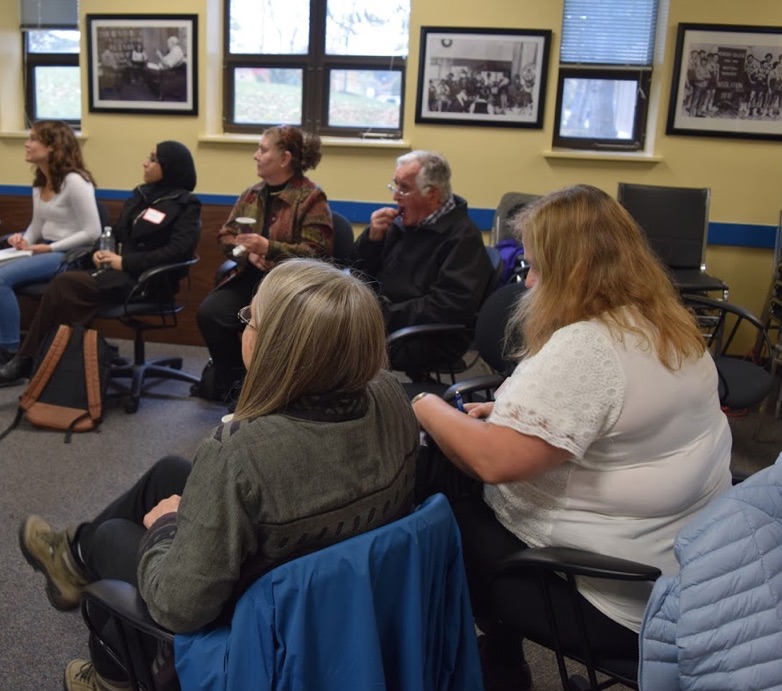
The political right keeps using the same argument against gun-restrictions, and the left rarely has a good response.
As a result, it almost always goes unchallenged. We need to break down this argument so as not to be fooled by it. Starting with an analogy commonly given to make their point.
A wolf attacks a sheep and kills it. Other sheep witness the attack and conclude that teeth are the problem, so the sheep decide to pull out their own teeth to prevent future killings. The wolves still have teeth, but now the sheep are defenceless.
The idea is that tightening firearm laws will take guns away from law-abiding citizens, thus making the criminals the only ones with weapons.
This logic seems to make sense, but the data proves it to be redundant.
If true, we should expect to see a direct correlation between the stringency of firearm laws and homicides per 100,000 people.
Take, for example, the United States, which has more civilian-owned guns than people. Japan is on the complete opposite end of the spectrum, and Canada is between them.
If the logic above is correct, Japan should be a leader in homicide, and the United States should be far below them, with Canada somewhere in the middle.
In reality, this is not the case. The US has 3 times as many homicides per 100,000 people as Canada and 19 times as many as Japan.
Of course, the right has heard statistics like these many times.
The usual response is to say there is another factor which counterbalances the supposedly dangerous firearm restrictions.
So, we need to eliminate other factors that might interfere. To do this, we can measure just the United States, but divide it into the states and compare them.
Doing this should get rid of factors such as cultural differences or mental health policies. As it turns out, we continue to see an inverse correlation between the stringency of gun laws and homicides per 100,000 people.
Another way we can show the effect of tightening gun restrictions is to look at countries that changed their policies.
Australia is the most famous example. In the 18 years leading up to the firearm buyback in 1996, there were 13 mass shootings, but there were none for 22 years after.
Furthermore, the states that bought back the most guns experienced the most significant reduction in gun-related death.
It is similarly useful to split up homicides by type. If the apparent correlation is actually due to an unrelated cause, Canada and the United States (to pick examples of countries with similar culture) should have differences in both gun-related and non-gun-related homicide rate. In reality, the non-gun-related homicide rate is nearly identical between the two.
The difference comes almost entirely from gun-related homicides.
At this point, it is hard to deny the reality that a lack of gun restrictions is, in fact, the problem.
We know too much about the world to keep being convinced by the same nonsense.




























